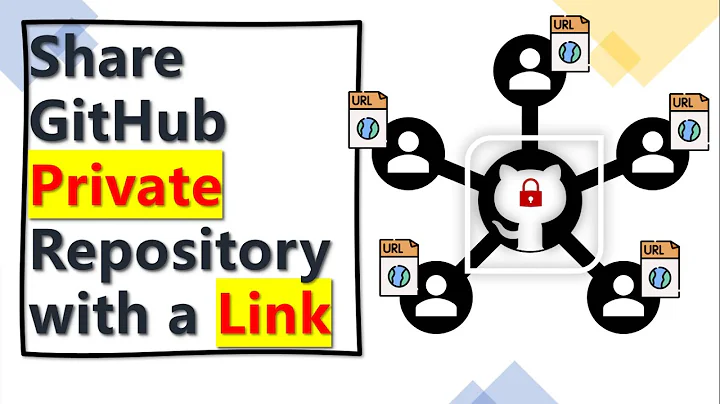How to set up a git repository where different users can only see certain parts?
Solution 1
In short: you can't. Git is snapshot based (at conceptual level at least) version control system, not changeset based one. It treats project (repository) as a whole. The history is a history of a project, not a union of single-file histories (it is more than joining of per-file histories).
Using hooks like update-paranoid hook in contrib, or VREFs mechanism of gitolite, you can allow or forbid access to repository, you can allow or forbid access to individual branches. You can even forbid any commits that change things in specified subdirectory. But the project is always treated as a whole.
Well, there is one thing you can do: make a directory you want to restrict access to into submodule, and restrict access to this submodule repository.
Solution 2
Git doesn't support access control on the repository. You can however, implement access control on the repository yourself, by using hooks, more specifically the update hook.
Solution 3
The native git protocol doesn't support this; git assumes in many places that everybody has a complete copy of all of the history.
That said, one option may be to use git-subtree to split off part of the repository into its own subset repository, and periodically merge back.
Solution 4
Jörg has already pointed out that you can use hooks to do this. Exactly which hook(s) you need depends on your setup. If you want the permissions on a repo that gets pushed to, you'll need the update hook like he said. However, if it's on a repo that you're actually working in (committing and merging), you'll also need the pre-commit and post-merge hooks. The githooks manpage (Jörg linked to this too) notes that there's in fact a script in the contrib section demonstrating a way to do this. You can get this by grabbing a git tarball, or pull it out of git's gitweb repo: setgitperms.perl. Even if you're only using the update hook, that might be a useful model.
Solution 5
In general, Git is not intended for this. By now it seems to have out-of-the-box access control only up to the repository level.
But if you need just to hide some part of secret information in your Git repository (which is often the case) you can use git-crypt (https://github.com/AGWA/git-crypt) with encryption keys shared based on users GPG keys (https://gnupg.org/).
Alternatively you can use git submodules (https://git-scm.com/book/en/v2/Git-Tools-Submodules) if you can break your codebase to logical parts. Then all users receive access only to certain repositories which you then integrate into 'large' codebase through sub-modules where you add other code and allow it for only 'privileged' users.
Related videos on Youtube
Joseph Garvin
Updated on July 09, 2022Comments
-
Joseph Garvin almost 2 years
How do you set up a git repository where some users can see certain parts of the source code and other users can see all of it? I've seen lots of guides for only giving certain users commit access, but these assume everyone should have read access. I've also heard of gitosis, but I'm not sure it supports this and it hasn't had any commits in over a year so I think it's dead.
-
orbfish over 10 yearsGit is not changeset-based??
-
 Anonigan over 10 yearsNo, it is not. Commit object points to tree object representing snapshot of repository state. The changeset is difference between two trees, of current and parent commit.
Anonigan over 10 yearsNo, it is not. Commit object points to tree object representing snapshot of repository state. The changeset is difference between two trees, of current and parent commit.








